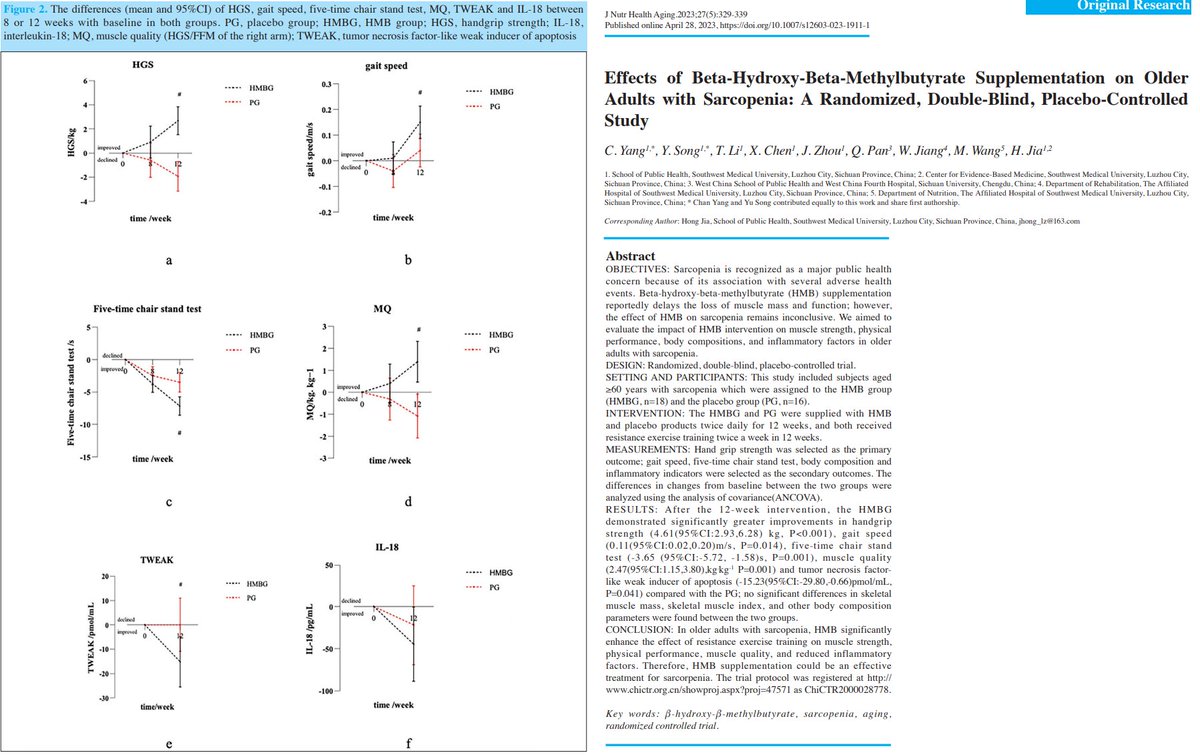This umbrella review finds that the evidence from meta-analyses of Randomised Controlled Trials overall suggests that resistance training is likely to be a suitable intervention for persons with sarcopenic obesity, although the results may be suboptimal, in general.
- This is the first umbrella review on sarcopenic obesity conducted to provide comprehensive insights into the effectiveness of different nutrition and exercise interventions for adults.
- Four systematic reviews with between 30 to 225 participants were included in the umbrella review.
- These examined four exercise interventions, two nutrition interventions and four interventions that combined nutrition and exercise.
- Resistance training was the most frequently studied intervention.
It was found likely to improve gait speed and muscle strength in persons with sarcopenic obesity, but contradictory results were reported for the outcomes on body fat, skeletal muscle mass index and grip strength.
Interestingly, gait speed was significantly improved in four of the five interventions that measured gait speed. Nevertheless, none of the interventions led to a clinically relevant improvement higher than 0.5 m/s.
- Mixed exercise (combining resistance with aerobic training) was also one of the most frequently studied interventions, but contradictory results were also found for improving body composition and grip strength.
- Regarding nutrition interventions, such as protein supplementation with or without calorie restriction and/or exercise, there was little evidence of their effectiveness.
- The low number of primary studies included in the reviews resulted in moderate to very low certainty of evidence.
Effects of Nutrition and Exercise Interventions on Persons with Sarcopenic Obesity: An Umbrella Review of Meta-Analyses of Randomised Controlled Trials (open access)
doi.org/10.1007/s13679…
#nutrition #diet #weightloss #exercise #muscle #strength #lift #GetStrong #cardio #hiit
doi.org/10.1007/s13679…
#nutrition #diet #weightloss #exercise #muscle #strength #lift #GetStrong #cardio #hiit
• • •
Missing some Tweet in this thread? You can try to
force a refresh

 Read on Twitter
Read on Twitter









